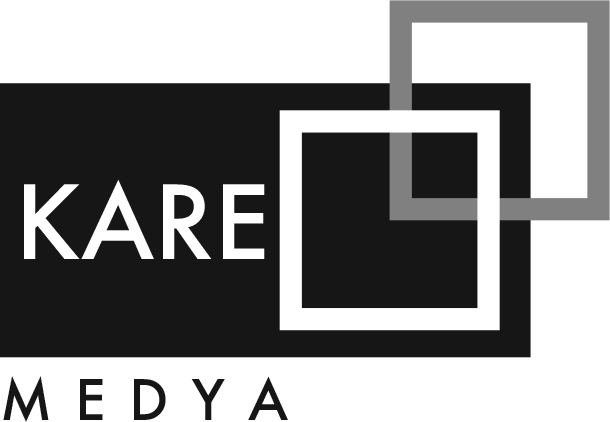
Journal of Education and Research in Nursing
Nonprescription Drug Usage Among Nursing Students
Semra Açıksöz1, Gönül Kurt2, Merve Seyfi31University of Health Sciences, Faculty of Nursing, Fundamentals of Nursing Department, Istanbul, Turkey2Sakarya University, Faculty of Health Sciences, Midwifery, Sakarya
3Istanbul Sultan Abdülhamid Han Sample Training and Research Hospital
INTRODUCTION: The aim of this study was to determine the opinions and attitudes and related factors of nursing students regarding the non-prescription drug usage.
METHODS: This descriptive study was conducted on 368 nursing students who volunteered to participate in the study in a nursing college during the 2014-2015 academic year. The "Data Collection Form" created by investigators after reviewing of the relevant literature was used for data collection. Data were analyzed using the percentage, mean and Chi-square test.
RESULTS: The mean age of the students was 20.39±1.22. The non-prescription drug usage of the students within the previous year was 89.9%. It was determined that the students mostly used drugs for headache (76.7%) and analgesics (88.2%) were the most commonly used drugs. The reasons of non-prescription drug usage of the students were; "the problem is not important to consult the physician (53.2%)" and “the drug has been used before (49.2%). The affecting factors on using non-prescription drug of the students were; having leftover drugs at home (46.8%), and using of the drug earlier (40.2%). There was no statistically significant difference between the ' non-prescription drug usage of students and sociodemographic characteristics (p> 0.05).
DISCUSSION AND CONCLUSION: Non-prescription drug usage rate of the students was quite high in this study. Students need to be informed about rational drug use to prevent the non-prescription drug usage.
Hemşirelik Öğrencilerinin Reçetesiz İlaç Kullanma Durumları
Semra Açıksöz1, Gönül Kurt2, Merve Seyfi31Sağlık Bilimleri Üniversitesi, Hemşirelik Fakültesi, Hemşirelik Esasları Anabilim Dalı, İstanbul2Sakarya Üniversitesi, Sağlık Bilimleri Fakültesi, Ebelik Bölümü, Sakarya
3İstanbul Sultan Abdülhamid Han Eğitim ve Araştırma Hastanesi, İstanbul
GİRİŞ ve AMAÇ: Araştırma, hemşirelik öğrencilerinin reçetesiz ilaç kullanma durumları, reçetesiz ilaç kullanımına ilişkin görüş, tutum ve etkileyen faktörleri belirlemek amacıyla yapılmıştır.
YÖNTEM ve GEREÇLER: Tanımlayıcı tipteki araştırma 2014-2015 eğitim-öğretim yılında bir hemşirelik yüksek okulunda, araştırmaya katılmayı kabul eden 368 öğrenci ile yürütülmüştür. Veriler, araştırmacılar tarafından ilgili literatür incelenerek oluşturulan “Veri Toplama Formu” kullanılarak toplanmıştır. Araştırmadan elde edilen verilerin değerlendirilmesinde; sayı, yüzde, ortalama ve ki-kare testi kullanılmıştır.
BULGULAR: Öğrencilerin yaş ortalaması 20.39±1.22’dir. Öğrencilerin %89.9’unun son bir yıl içinde reçetesiz ilaç kullandığı, en yüksek oranda baş ağrısı (%76.7) nedeniyle ilaç kullandıkları ve en sık kullanılan ilacın ise analjezikler (%88.2) olduğu saptanmıştır. Öğrencilerin %53.2’si reçetesiz ilaç kullanma gerekçesini “sorun önemsiz olduğu için doktora gitmeyi gerekli görmeme”, %49.2’si “daha önce ilacı kullanmış olma” olarak bildirmiştir. Öğrencilerin reçetesiz ilaç kullanma kararlarında ilacın evde mevcut olması (%46.8) ve daha önce doktor önerisi ile ilacı kullanmış olmanın (%40.2) etkili olduğu görülmüştür. Öğrencilerin reçetesiz ilaç kullanma durumları ile sosyodemografik özellikleri arasında istatistiksel olarak anlamlı bir fark saptanmamıştır (p>0.05).
TARTIŞMA ve SONUÇ: Öğrencilerin, reçetesiz ilaç kullanma oranı oldukça yüksektir. Reçetesiz ilaç kullanımını önlemek için öğrencilerin akılcı ilaç kullanımı konusunda bilinçlendirilmesi gerekmektedir.
Manuscript Language: Turkish
Copyright © 2025 Journal of Education and Research in Nursing


